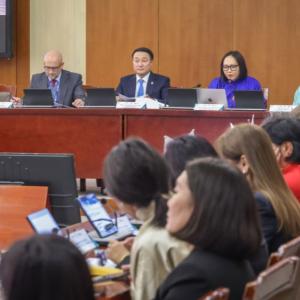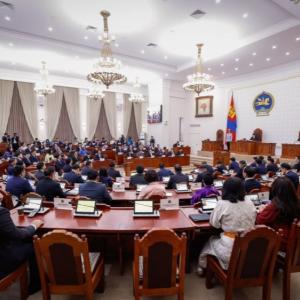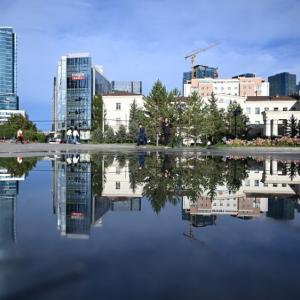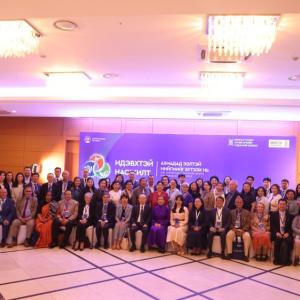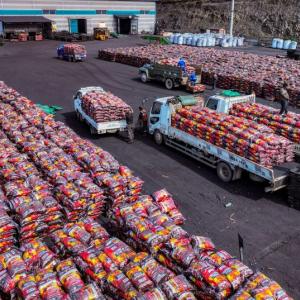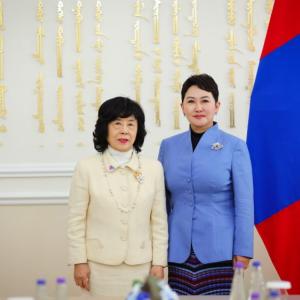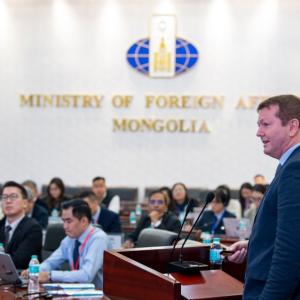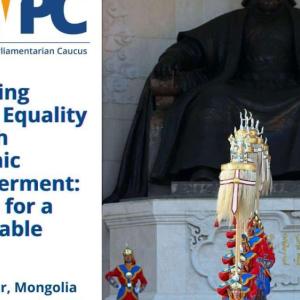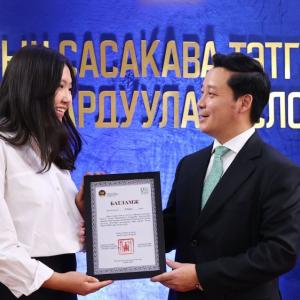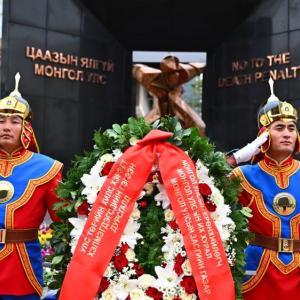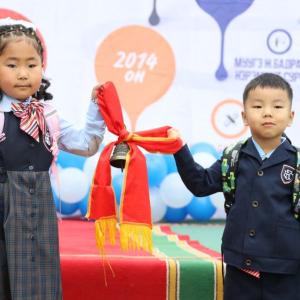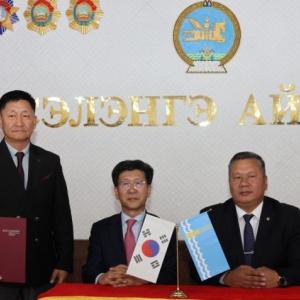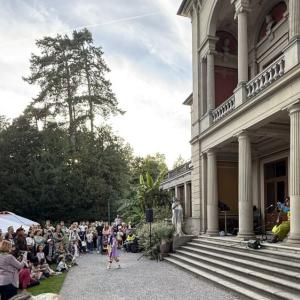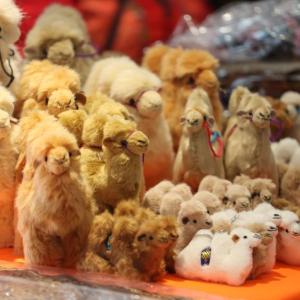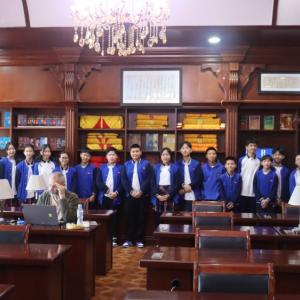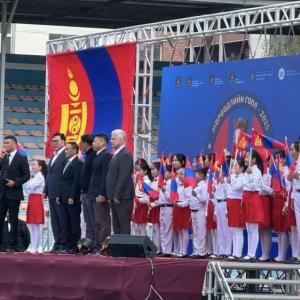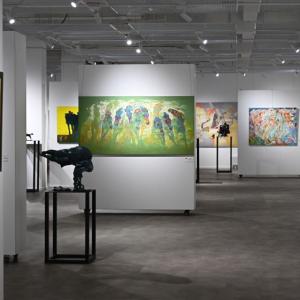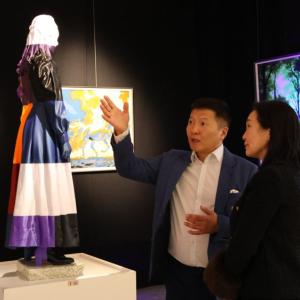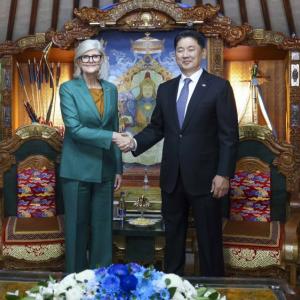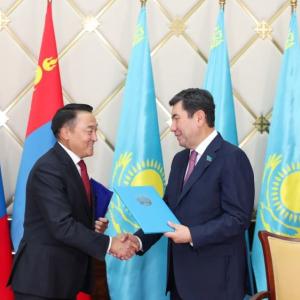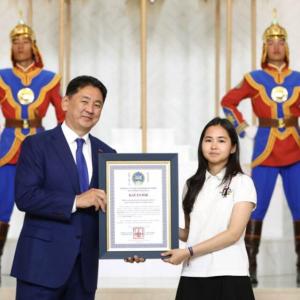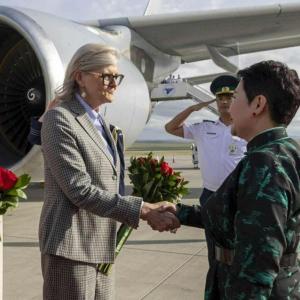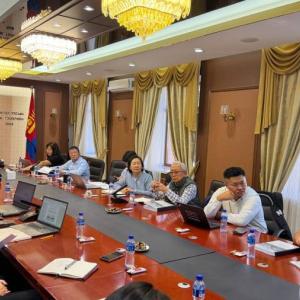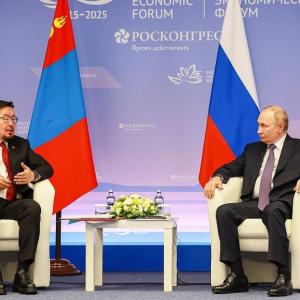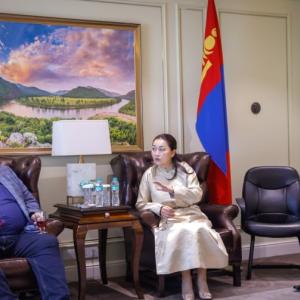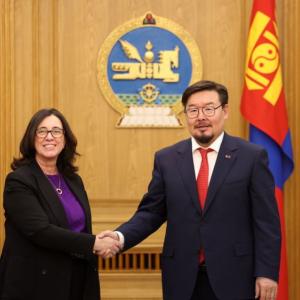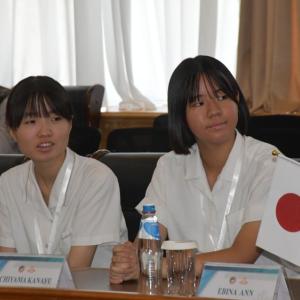“Mongols Depicted in Chronicles” Mughal Painting Special Exhibition Opens
Art & Culture
Ulaanbaatar, February 8, 2025, /MONTSAME/. In commemoration of the 70th anniversary of the establishment of diplomatic relations between Mongolia and the Republic of India, the Chinggis Khaan National Museum of Mongolia and the Embassy of the Republic of India in Mongolia jointly organized and opened the “Mongols Depicted in Chronicles” Mughal Painting Special Exhibition on February 7, 2025.
In 2022, the Chinggis Khaan National Museum received a digital copy of a 273-page manuscript entitled “Compendium of Chronicles,” preserved in its original form at the Raza Library in Rampur, India.

Director of the Chinggis Khaan National Museum of Mongolia Academician Chuluun Sampildondov delivered opening remarks, saying, “The Raza Library in Rampur holds a rich collection of ancient artifacts. Among these is the original version of Rashid al-Din’s “Compendium of Chronicles,” which pertains to the history of the Great Mongol Empire and the Ilkhanate. Mongols contributed to the writing of the historical work, which has numerous artworks depicting Great Emperor Chinggis Khaan, his lineage, and the lifestyle and history of the Mongol nobility of that time. Researchers worldwide view these illustrations in two ways. Some consider them Persian paintings during the era of Mongol conquests, while others believe them to be Mongol artworks made in a distinctly Mongol style.
Currently, the original manuscripts are preserved across six countries. This Exhibition is notable as this is the first time that an illustrated copy of the “Compendium of Chronicles,” dating back to the reign of Ulziit Khaan of the Ilkhanate, has been displayed at the Chinggis Khaan National Museum.”
Furthermore, Academician Chuluun said, “The Chinggis Khaan National Museum obtained the rights to publish the manuscript in its original language along with an English translation. Thus, the original copy of the “Compendium of Chronicles,” one of the largest sources on XIII-XIV century Mongol history, will soon be published in Mongolia and made available to the public. The “Compendium of Chronicles” is a large primary source of history, supplementary to and on par with “The Secret History of the Mongols.” The miniature paintings on display at the Exhibition are primary historical sources of Mongol history. Although many details about the material culture, palaces, clothing, food and drink, music, and dance from that era are not recorded in the text of the manuscript, these illustrations provide valuable visual insight. Presenting the illustrated pages of the “Compendium of Chronicles” that highlight important events in Mongol history is very noteworthy.”
From this Exhibition, visitors can glimpse into the centuries-old historical and cultural ties between the two countries. The watercolor illustrations in the Persian-language manuscript of the “Compendium of Chronicles,” preserved in India, depict the history of the Golden Lineage of the Great Mongol Empire. In 2015, Prime Minister of the Republic of India Narendra Modi presented President of Mongolia Elbegdorj Tsakhia with a commissioned reproduction of the rare XIII-century manuscript on the history of the Mongols from the Raza Library in Rampur.
This manuscript, which contains over 80 illustrations, depicts the history of XIII-XIV century Mongol Khaans, the sons of Great Emperor Chinggis Khaan, their palaces, culture, traditions, clothes, and way of life.
At the Exhibition, 44 Mughal-style paintings have been selected and are being displayed to the public for the first time.
Mughal (Mogol) painting refers to a unique school of art that evolved during the Mughal Empire in India. Mongol art developed under the influence of Persian art, distinguished by a striking harmony of colors. Most often, these paintings feature depictions of Khaans, nobles, their daily lives, battles, and the splendor of nature.

Second Secretary and Commercial Representative of the Embassy of the Republic of India in Mongolia Sanjeev Kumar said: “This Exhibition offers a glimpse of the centuries-old historical civilizations and cultural relations between Mongolia and India. The images on display depict the history of Chinggis Khaan, his ancestors, and his successors up to the era of Ilkhaan Ghazan. In the 13th century, at the request of Ilkhaan Ghazan, the Mongol statesman Rashid al-Din Fazlullah Hamadani compiled the “Jami al-Tawarikh,” or the “Compendium of Chronicles.” This manuscript is a two-volume work made up of several parts. The second part of the first volume is showcased here at the Exhibition.”
Founded in 1774, the Rampur Raza Library houses a rare collection of manuscripts and artworks. It holds over 17,000 manuscripts in languages such as Arabic, Persian, Sanskrit, and Turkish, as well as more than 60,000 ancient printed books.
Second Secretary and Commercial Representative of the Embassy of the Republic of India in Mongolia Sanjeev Kumar expressed gratitude to the Rampur Raza Library, under India’s Ministry of Culture, and the Chinggis Khaan National Museum for co-organizing this Exhibition.

Translator Ch. Burenbayar said, “I served as a Counselor at the Embassy of Mongolia in the Republic of India from 2019 to 2023. During that time, I heard about the “Compendium of Chronicles” and went looking for it. I discovered that it was kept at the Raza Library in Rampur, about 200 kilometers north of Delhi. The Raza Library is an ancient library. Most copies of the original manuscript, which was written and illustrated by Rashid al-Din himself, are in Persia and Iran, while there is only one copy in India. When I was in India, I managed to obtain a copy of the manuscript from the library and handed it over to the Ministry of Culture, Sports, Tourism, and Youth of Mongolia and the Chinggis Khaan National Museum.
I am currently discussing with the Director of the Chinggis Khaan National Museum the possibility of publishing a copy of the manuscript in its larger format. We have already received permission to publish from both the Raza Library and the Ministry of Culture, Sports, Tourism, and Youth of Mongolia.”





 Ulaanbaatar
Ulaanbaatar





